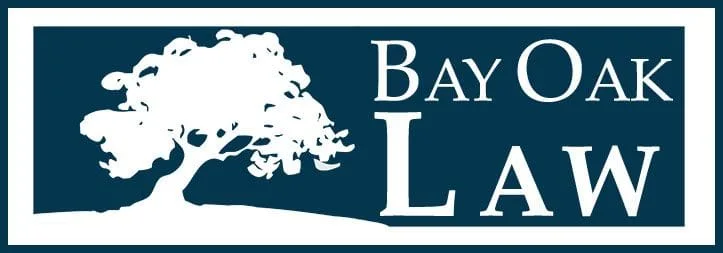- posted: Jul. 30, 2014
- Trademarks
by: Andrew K Jacobson
If an executive agency, the Trademark Trial and Appeal Board (“TTAB”) decides an issue, are courts bound to follow that decision? The circuit courts of appeal have multiple conclusions, but the Supreme Court seems poised to resolve this in the next year, because of its decision to hear a case called B&B Hardware v. Hargis Industries. At stake could well be both the right to trial by jury, and the power of the judiciary.
The President, subject to the advice and consent of the Senate, appoints the Secretary of Commerce, who then appoints the TTAB judges. Most of the 21 current TTAB judges are former TTAB examining and interlocutory attorneys; few have much experience outside of the United States Patent & Trademark Office. Their powers derive from the President’s powers under Article II of the Constitution. Federal courts derive their powers from Article III of the Constitution. The President specifically appoints federal judges, and the Senate gives its advice and consent. While few Article III judges have the depth of trademark registration ![By Joseph Morewood Staniforth [Public domain], via Wikimedia Commons](/wp-content/uploads/sites/5221/2014/07/Puzzled_-_JM_Staniforth-150x150.png) experience that most TTAB judges have, they do have much broader experiences, both as judges and in their former careers as lawyers.
experience that most TTAB judges have, they do have much broader experiences, both as judges and in their former careers as lawyers.
Further, trademark infringement litigants have the right to a trial by jury under the Seventh Amendment. The Ninth Circuit Manual of Model Jury Instructions has its own jury instruction (No. 15.16) for establishing likelihood of confusion, which lays out the Ninth Circuit’s traditional Sleekcraft test. Requiring federal courts to give preclusive effect to TTAB decisions would rob a jury of its right to decide matters, and instead grant that right to an executive agency. Such a ruling would violate both the Constitution’s Seventh Amendment, and the Separation of Powers doctrine.
Among other things, TTAB hears trademark cancellation challenges and appeals of denials of trademark registrations. In 2007, TTAB had ruled that Hargis Industries’ “Sealtite” mark, for screws used for metal buildings, was likely to confuse buyers of B&B Hardware’s “Sealtight” aerospace fasteners. B&B and Hargis have been entangled in litigation on the issue since 2001.
In 2013, the 8th Circuit Court of Appeals upheld a jury’s verdict that Hargis’ Sealtite mark was not likely to be confused with B&B aerospace fasteners. B&B had repeatedly sought to enshrine as final the TTAB’s ruling that Hargis’ Sealtite mark was confusing, but the 8th Circuit, like the trial court below, refused to do so.
The circuit courts are currently split as to whether TTAB rulings settle the dispute for the courts. The 3rd Circuit concluded in Jean Alexander Cosmetics v. L’Oreal USA, 458 F.3d 244, 253-256 (3d Cir. 2006) that not giving the TTAB ruling preclusive effect would waste resources with multiple trials. However, other courts find that TTAB rulings are persuasive, but not binding.
There are clear advantages to B&B’s preference, that TTAB rulings on the likelihood of confusion is binding. It would simplify things, and reduce court congestion – if TTAB has ruled, a district court does not have to.
However, the B&B Hardware v. Hargis Industries case shows where that can go wrong. TTAB ruled that Hargis’ Sealtite product for residential metal construction was likely to be confused with B&B’s Sealtight product, which has a very specific consumer set: the aerospace industry. It seems highly unlikely that the aerospace industry would be confused by products for residential construction. It would be unjust to bind the parties to that. The jury verdict supports this: the jury found no likelihood of confusion. Moreover, the TTAB decision that supported B&B Hardware came some six years after the federal court litigation started. That smacks of forum shopping.
Like most institutions, courts carefully protect their powers. Congress has allowed courts to decide matters like the likelihood of confusion. Courts have long been comfortable with decisions on issues like confusion. It is hard to imagine that the Supreme Court will force federal courts to defer to a decision of an secondary tribunal of the executive branch.



